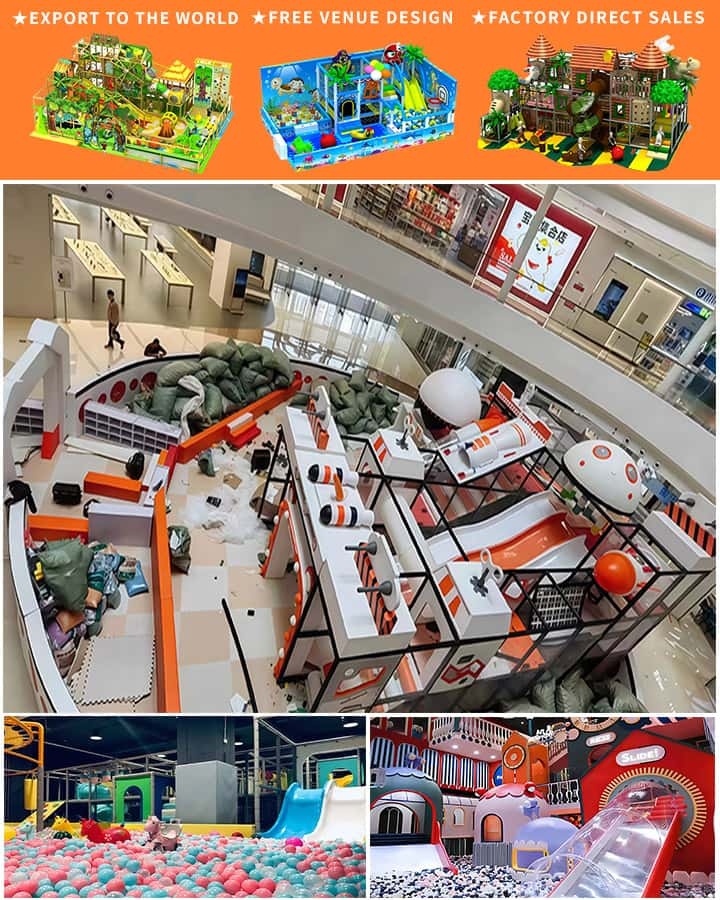In the bustling environment of a school, where academic learning and extracurricular activities coalesce, the playground stands as an indispensable asset. Effective playground equipment for schools is more than just a source of amusement; it plays a crucial role in promoting physical health, fostering social skills, and enhancing cognitive development among students. This article delves into the multifaceted benefits of well-designed playground equipment and its significant impact on the overall educational experience.
Physical Health and Development
One of the primary advantages of quality playground equipment is its contribution to the physical well-being of students. In an era where childhood obesity and sedentary lifestyles are growing concerns, playgrounds offer a perfect counterbalance. Activities such as climbing, sliding, and swinging engage various muscle groups, improving strength, flexibility, and coordination. For younger children, playgrounds encourage the development of gross motor skills essential for everyday tasks. Meanwhile, older students benefit from enhanced agility and balance, which are critical components of physical fitness.
Moreover, regular physical activity has been linked to improved mental health, reducing symptoms of anxiety and depression. Schools equipped with engaging playgrounds provide students with a much-needed break from academic pressures, allowing them to recharge both mentally and physically.
Social and Emotional Growth

Playground equipment facilitates more than just physical activity; it also serves as a vital platform for social interaction and emotional growth. Children learn essential social skills such as cooperation, negotiation, and conflict resolution while playing together. Shared experiences on the playground help build friendships and foster a sense of community, which can translate into a harmonious classroom environment.
Additionally, playgrounds offer opportunities for children to develop emotional intelligence. Navigating the ups and downs of play—whether it’s winning or losing a game, or taking turns—teaches resilience, empathy, and self-regulation. These emotional competencies are foundational for personal development and future interpersonal relationships.
Cognitive Development and Creativity
Contrary to the misconception that play is merely a leisure activity, research shows that it significantly contributes to cognitive development. Playground equipment stimulates imaginative play, encouraging children to think creatively and problem-solve. Structures like sandboxes, jungle gyms, and interactive installations become canvases for endless adventures, sparking curiosity and innovation.
For instance, building forts or navigating obstacle courses requires strategic thinking and planning. Such activities enhance spatial awareness, improve decision-making abilities, and nurture creativity—skills that are invaluable in academic settings and beyond.
Safety and Inclusiveness
While the benefits of playground equipment are manifold, safety remains a paramount concern. Modern playgrounds are designed with stringent safety standards to minimize risks of injuries. Features such as soft surfacing, rounded edges, and age-appropriate equipment ensure that children can play safely. Schools must regularly inspect and maintain playground facilities to uphold these safety protocols.
Inclusivity is another critical aspect of contemporary playground design. Inclusive playgrounds cater to children of all abilities, offering adaptive equipment that allows every student to participate fully. This inclusivity teaches empathy and respect, reinforcing the values of diversity and equality within the school community.
Conclusion
The significance of playground equipment for schools extends far beyond simple recreation. It is a cornerstone in the holistic development of students, supporting their physical health, social skills, emotional well-being, and cognitive growth. As educational institutions strive to provide comprehensive learning environments, investing in high-quality, safe, and inclusive playground equipment becomes imperative. By doing so, schools not only enrich the educational experience but also lay the foundation for healthier, happier, and more well-rounded individuals.




